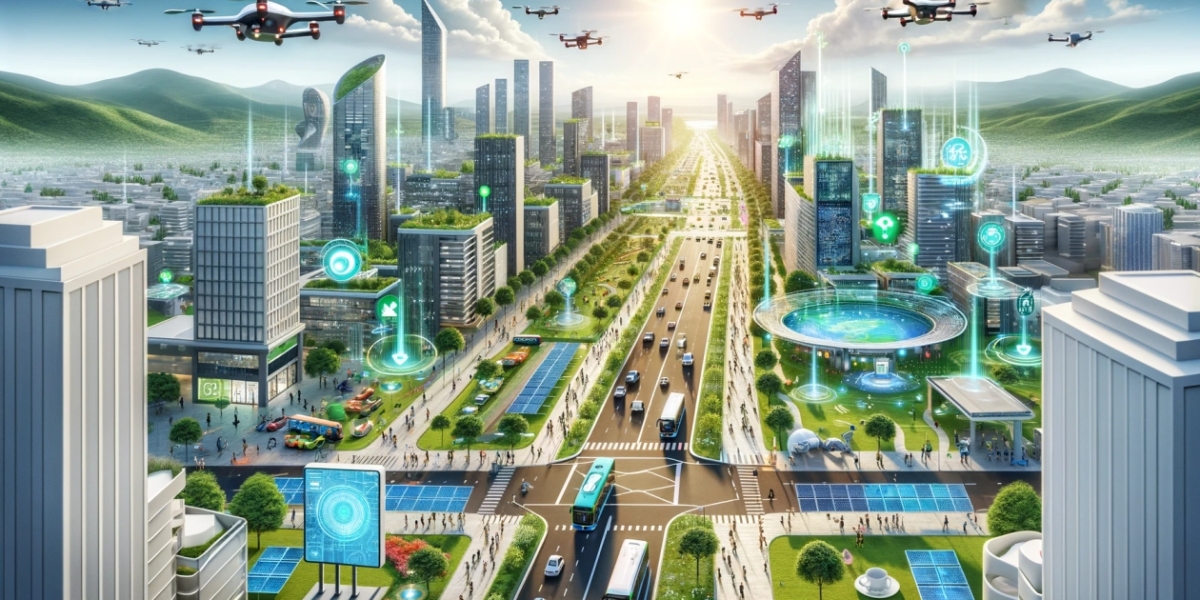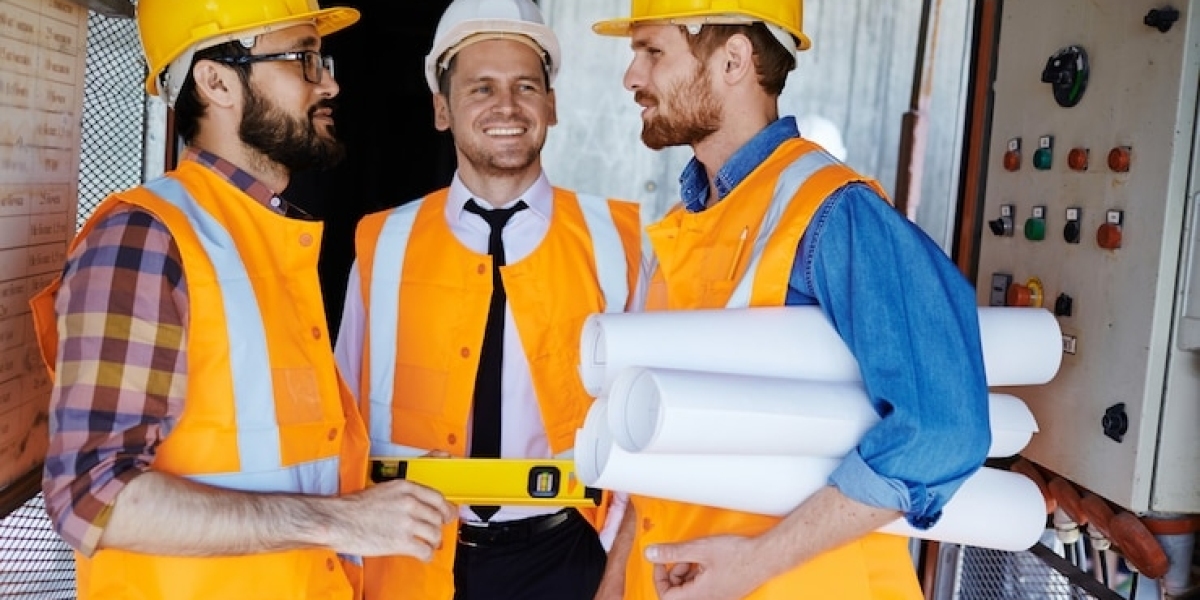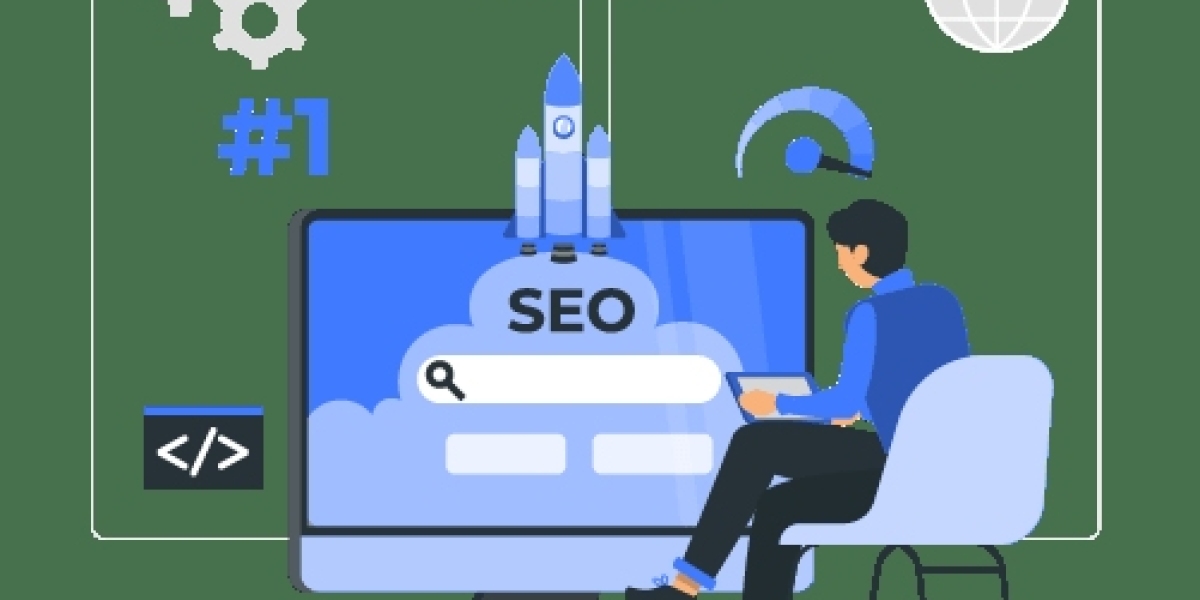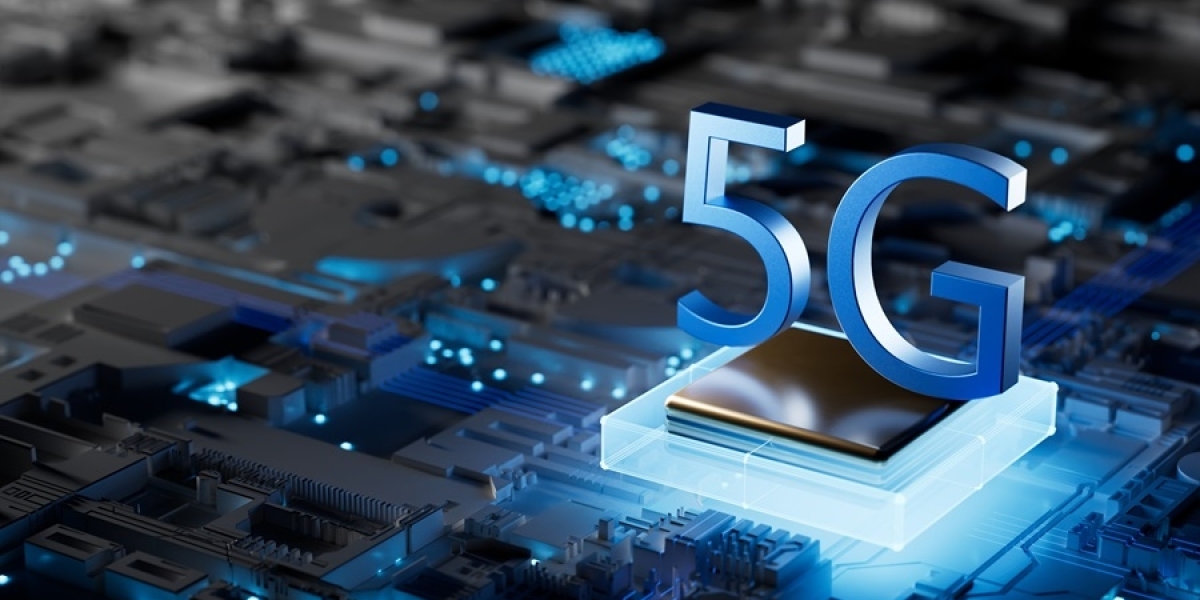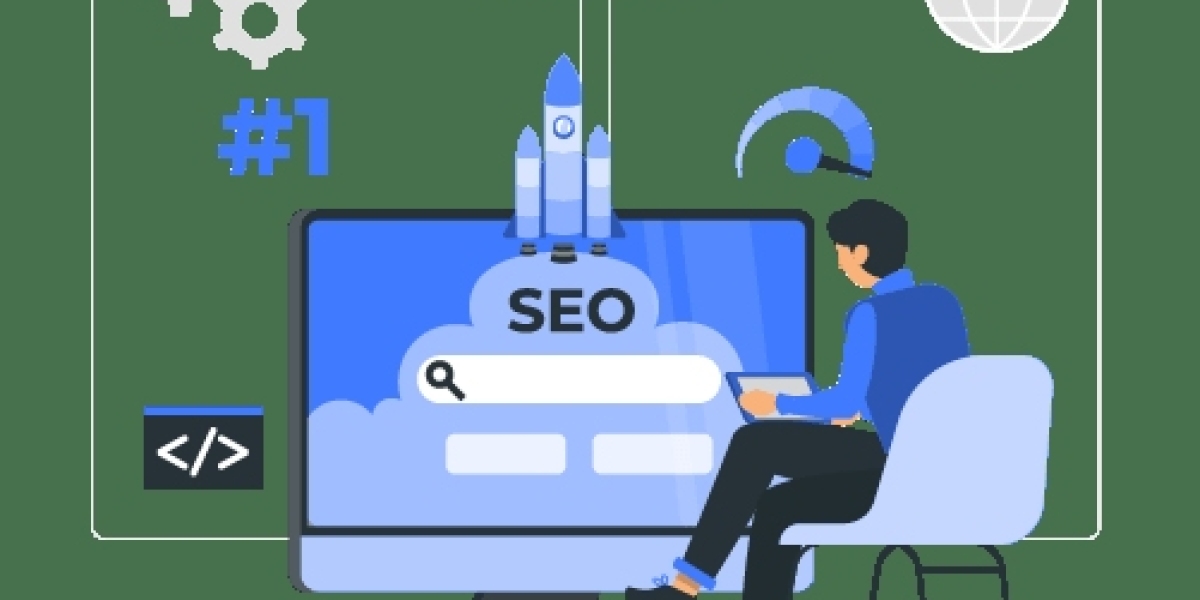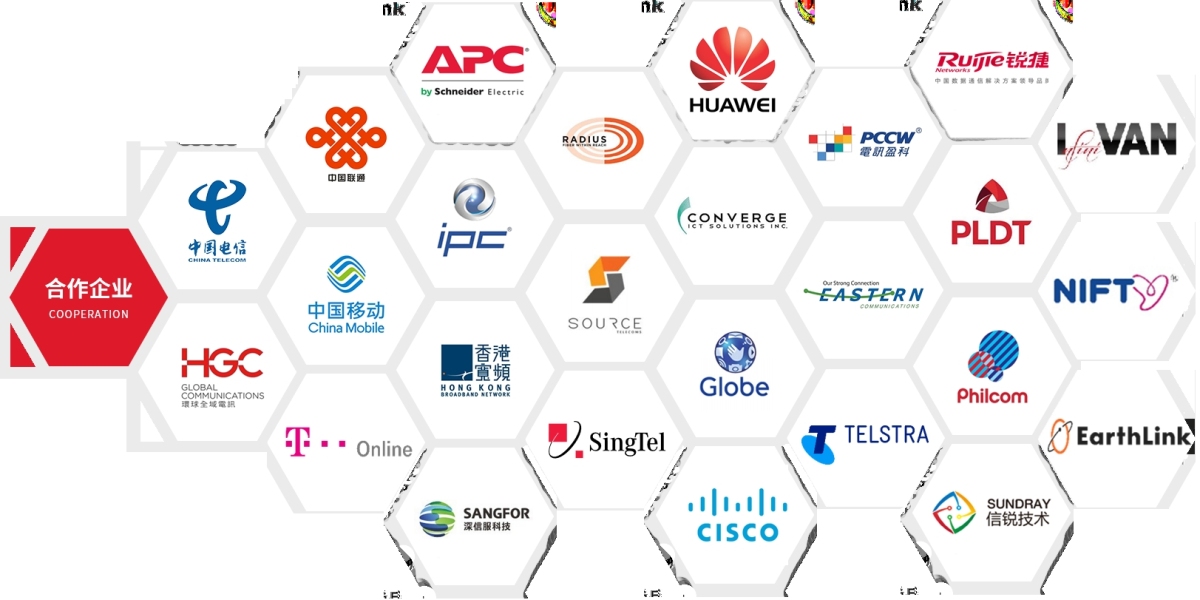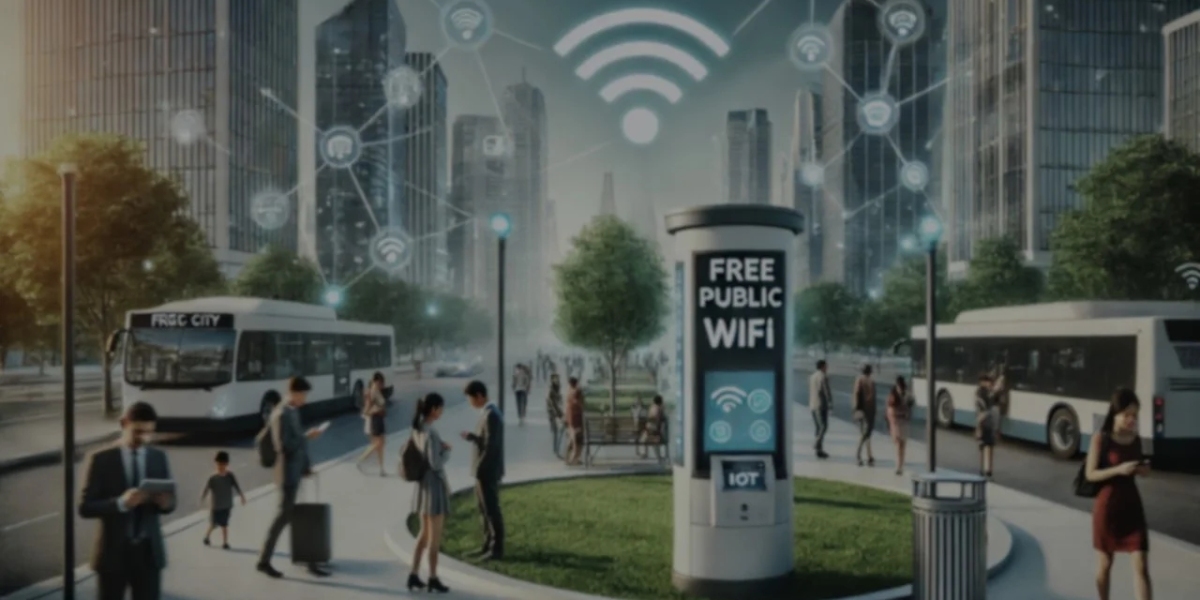Introduction: Why Cities Need AI for Urban Intelligence
What Are AI-Powered City Analytics Platforms?
Core Capabilities and Data Sources
Benefits for Local Governments and Stakeholders
Philippine Use Cases and Pilot Projects
Technologies and Tools Used
Implementation Strategy for LGUs and Developers
Frequently Asked Questions (FAQs)
Introduction: Why Cities Need AI for Urban Intelligence
As urban populations rise and city systems become more complex, local governments face an urgent challenge: How can cities make faster, better, and more inclusive decisions? The answer lies in data — and more importantly, how that data is interpreted. Enter AI-powered city analytics platforms.
? From Data Overload to Actionable Intelligence
Cities today generate vast amounts of information every second:
Traffic flows from CCTVs and sensors
Air quality from environmental monitors
Utility usage from smart meters
Citizen feedback from mobile apps and 311 services
Crime reports, emergency calls, and more
But raw data alone isn’t helpful. Without intelligent processing, cities fall into data paralysis — overwhelmed and unable to respond effectively.
? Why Artificial Intelligence (AI) Is the Game-Changer
AI can ingest millions of data points from various sources and instantly detect:
Patterns (e.g., recurring traffic bottlenecks)
Anomalies (e.g., sudden water pressure drop)
Predictions (e.g., flood risk based on rainfall + terrain + drain capacity)
Behavioral trends (e.g., which barangays need more vaccination drives)
This turns reactive city governance into proactive planning.
? The Shift to AI-Powered City Platforms
In a smart city, every department — transport, sanitation, health, public safety — can benefit from AI tools that:
Integrate siloed data into a unified dashboard
Automate alerts and incident escalation
Recommend policy actions backed by real-time analysis
Track the impact of decisions through visual analytics
In short, AI-powered city analytics platforms allow local governments to operate with the same real-time intelligence as private tech companies or national agencies — but applied at the barangay, district, or city-wide level.
?? The Philippine Context
With initiatives like DICT’s Smart City Program, DILG's LGU Digitalization Roadmap, and the growth of fiber networks and cloud services, Philippine cities are now poised to adopt AI tools — not as luxury tech, but as essential infrastructure for governance.
Cities like Makati, Davao, Taguig, and Cebu are already piloting AI dashboards for urban mobility, solid waste, and emergency response.
AI-powered analytics platforms represent a new era of urban leadership — where decisions are faster, smarter, more inclusive, and rooted in facts, not guesswork.
What Are AI-Powered City Analytics Platforms?
AI-powered city analytics platforms are integrated digital systems that collect, process, and analyze real-time data from various urban sources using artificial intelligence. Their core function is to transform raw urban data into meaningful insights, enabling government officials, planners, and emergency responders to make faster and smarter decisions.
These platforms serve as the central nervous system of a smart city — connecting devices, departments, and decision-makers.
? Key Functions of City Analytics Platforms
Data Aggregation
Gathers structured and unstructured data from multiple sources:IoT devices (traffic sensors, pollution monitors)
Smart meters and utility infrastructure
Public databases (health, education, permits)
CCTV and security systems
Social media and citizen feedback apps
AI-Driven Processing
Uses machine learning (ML), natural language processing (NLP), and computer vision to:Detect anomalies (e.g., illegal dumping, sudden crowd surges)
Predict outcomes (e.g., road congestion, dengue outbreaks)
Classify data (e.g., sentiment analysis on citizen feedback)
Visualization and Dashboards
Presents insights via:Heat maps
Time-series graphs
Real-time alerts
Decision trees and scenario models
Automated Workflows
Triggers alerts, escalations, or actions based on pre-defined thresholds (e.g., traffic diversion when congestion exceeds X%)Notifies city departments
Sends SMS/emails to residents
Updates public digital signage
? Types of AI Technologies Used
Machine Learning (ML): For predictions (e.g., energy demand, flood probability)
Computer Vision: For analyzing CCTV footage, vehicle counts, face detection
Natural Language Processing (NLP): For analyzing public comments, 911 calls, survey feedback
Predictive Analytics: Forecasting trends or future risks
Reinforcement Learning: For real-time control systems (e.g., smart traffic lights)
? Platform Architecture Overview
Data Ingestion Layer: Connects to sensors, IoT devices, and APIs
AI Analytics Engine: Processes and interprets the incoming data
Visualization Layer: Dashboard for mayors, planning departments, barangay captains
Command Integration: Links to municipal response units, emergency services, and cloud databases
Some platforms are hosted on-premises, but most modern solutions are cloud-based, supporting real-time updates, mobile access, and integrations with external apps (e.g., GIS systems, ERP platforms, payment gateways).
? Example Modules Within a Platform
| Module | Function |
|---|---|
| Smart Traffic AI | Predict congestion, optimize light cycles |
| Public Safety AI | Detect violence, gunshots, or emergencies from CCTVs |
| Sanitation Tracker | Monitor bin fullness, schedule garbage routes |
| Urban Energy AI | Forecast demand, detect leakage or theft |
| Citizen Engagement AI | Analyze feedback, detect service gaps |
| Environmental Analytics | Monitor air, water, and noise pollution |
In essence, an AI-powered city analytics platform acts as a digital twin of the city, enabling real-time situational awareness, forecasting, and coordinated response — all driven by artificial intelligence.
Core Capabilities and Data Sources
An effective AI-powered city analytics platform must be more than a data warehouse — it must interpret, act, and evolve. Its strength lies in the variety of data sources it connects to, and the intelligent functions it performs in real time.
Below is a breakdown of core capabilities and the types of urban data used to power them.
⚙️ Core Capabilities of an AI City Platform
1. Real-Time Monitoring and Alerts
Continuously analyzes live data from sensors and devices to detect:
Traffic congestion levels
Unusual crowd formations
Air quality threshold breaches
Sudden power surges or outages
AI Role: Triggers automatic notifications, visual warnings, or system adjustments (e.g., traffic light timing changes).
2. Predictive Analytics
Forecasts future scenarios using historical and current data:
Flood modeling based on rainfall, elevation, and drainage capacity
Disease outbreaks based on hospitalization and temperature trends
Power load estimation during holidays or extreme heat
AI Role: Uses machine learning models trained on past datasets to anticipate and prevent problems.
3. Sentiment and Behavioral Analysis
Processes feedback from:
Social media (Twitter, Facebook, Tiktok comments)
Public help desk or 8888 complaints
Barangay surveys and e-governance platforms
AI Role: NLP (Natural Language Processing) models detect public sentiment, flag top concerns, and recommend communication strategies.
4. Urban Mobility Optimization
Improves traffic flow and public transportation schedules using:
CCTV vehicle counts
GPS data from buses, jeeps, and ride-hailing apps
Road closure updates and weather conditions
AI Role: Adjusts signal timing, suggests reroutes, and forecasts congestion up to 60 minutes in advance.
5. Environmental Intelligence
Monitors urban ecological health by connecting to:
IoT air quality monitors
River level sensors
Noise pollution monitors
Solar radiation and temperature gauges
AI Role: Detects patterns, alerts relevant agencies, and informs the public through visual dashboards.
6. Crisis and Emergency Response Coordination
Integrates 911, barangay hotlines, disaster alerts, and CCTVs to provide a real-time operational picture for:
Fire outbreaks
Earthquake aftermath
Vehicular accidents
Civil disturbances
AI Role: Combines image recognition + geolocation to prioritize responses, dispatch resources, and generate post-incident reports.
7. Energy and Utility Optimization
Links to:
Smart electricity and water meters
Solar and battery management systems
Public lighting and HVAC controls
AI Role: Identifies overuse, detects leaks or tampering, and suggests automated efficiency adjustments.
?️ Common Data Sources for City Analytics
| Source Type | Examples |
|---|---|
| IoT Devices | Traffic cameras, air sensors, smart meters, weather stations |
| Government Databases | Health records, school attendance, crime stats, business permits |
| Social Media APIs | Hashtags, geotagged photos, citizen complaints |
| GIS/Mapping Systems | Road layouts, flood zones, transport routes |
| Mobile App Inputs | Incident reports, surveys, utility requests |
| Satellite Imagery | Urban heat island detection, land use changes |
By combining these diverse datasets into a single, AI-enhanced platform, cities unlock the power of cross-domain intelligence — where traffic data can inform pollution response, or weather forecasts can trigger public health alerts.
Benefits for Local Governments and Stakeholders
AI-powered city analytics platforms deliver significant strategic and operational value to a wide range of stakeholders — from city mayors and barangay leaders, to public safety teams, utility providers, urban planners, developers, and even ordinary citizens.
By automating insight generation and enhancing data-driven governance, these platforms enable cities to be faster, smarter, safer, and more inclusive.
?️ Benefits for Local Governments (LGUs)
Real-Time Decision Making
Dashboards allow mayors and department heads to see what’s happening in the city — as it happens.
Example: Spot a flooded intersection and reroute traffic instantly.
Better Planning and Budgeting
Use predictive insights to allocate budgets based on need, not guesswork.
Prioritize barangays with high dengue risk or traffic incidents.
Performance Tracking
Monitor KPIs of city departments in real-time.
Identify which teams respond fastest to complaints or emergencies.
Crisis Response and Recovery
Coordinate relief efforts during typhoons or earthquakes with a single command platform.
Get post-crisis impact reports within minutes, not weeks.
Citizen Engagement and Transparency
Share public dashboards to build trust.
Involve communities in decision-making using data visualizations.
? Benefits for Public Safety Agencies
Automated Incident Detection
AI can scan CCTVs for fights, weapons, fire, or abnormal crowding.
Faster Dispatch
Real-time location of police or fire units speeds up response.
Smart routing suggests fastest path avoiding road closures.
Proactive Crime Prevention
Heatmaps identify areas with repeated petty crimes or traffic accidents.
AI forecasts risk areas based on past behavior.
?️ Benefits for Urban Planners and Developers
Smarter Zoning and Permitting
Use historical land use, traffic, and pollution data to guide developments.
Identify underserved areas for housing or transport.
Infrastructure Stress Simulation
Predict strain on drainage, traffic, or power in future construction sites.
Avoid bottlenecks or mismatches.
Sustainability Tracking
Integrate solar production, green space metrics, or energy use per zone.
Report compliance with green building codes.
Benefits for Utility Providers
Predictive Maintenance
Detect water leaks, grid instability, or transformer stress before failure.
Demand Forecasting
Estimate peak electricity demand based on weather and past usage.
Optimize load distribution and reduce blackouts.
Consumer Analytics
Understand usage patterns per district or building type.
Plan outreach, education, or dynamic pricing programs.
Benefits for Citizens and Civil Society
Service Quality Monitoring
Know when garbage will be collected, where the nearest shelter is, or how long traffic will last.
Participatory Governance
Submit feedback via apps and see how the government responds.
Track air quality, water safety, or noise levels near schools or homes.
Emergency Awareness
Get real-time alerts for flood risk, fires, or COVID outbreaks.
Receive SMS or app notifications in their own dialect or language.
In short, AI-powered analytics platforms empower all levels of society — from the mayor to the tricycle driver — with the information they need to stay safe, informed, and engaged.
Philippine Use Cases and Pilot Projects
Across the Philippines, forward-thinking cities and LGUs are embracing AI-powered analytics platforms as part of their smart city strategies. These local examples demonstrate how AI is already being applied to solve real urban challenges, improve public services, and make governance more data-driven.
1. Baguio City – Smart Mobility and Environmental Monitoring
Partner: Department of Science and Technology (DOST) – Project Smart Cities PH
Platform Focus:
Real-time traffic monitoring
Vehicle volume analysis using AI and CCTVs
Air quality data correlated with traffic conditions
Outcomes:
Dynamic traffic routing recommendations
Identification of pollution hotspots
Better urban transport planning
2. Taguig City – Disaster Response and GIS Integration
Platform Components:
AI-enhanced command center dashboard
CCTV and drone data integration
Rainfall, river level, and weather sensor analytics
Use Cases:
AI-based flood prediction models
Evacuation path optimization
Real-time barangay-level incident alerts
Impact:
Reduced response time during typhoon seasons
Data-driven budget allocation for flood control
3. Quezon City – Citizen Sentiment and Incident Reporting
Tools Used:
NLP-based text analysis from hotline and social media complaints
Geo-tagged incident tracking
AI prioritization of issues (e.g., potholes vs. sanitation vs. safety)
Result:
Faster issue resolution rates
Barangay dashboards for public accountability
Better understanding of citizen needs and grievances
4. Davao City – Smart Public Safety
Pilot Program:
AI-assisted video analytics for public spaces
Automatic object detection (e.g., weapons, loitering, unattended baggage)
Behavioral analytics via computer vision
Outcomes:
Real-time alerts to Davao Central 911
Reduction in crime reporting delay
Enhanced security in critical areas (markets, terminals)
5. Iloilo City – Urban Energy Monitoring
Initiative: Integration of smart energy and water meter data with AI dashboards
Focus:
Barangay-level energy efficiency tracking
AI alerts for suspected pilferage or leakages
Public consumption trends mapped over time
Benefit:
Proactive maintenance
Informed decisions on solar investments
Transparent resource management for LGUs
6. Cebu City – Waste Management Optimization
Collaboration: Private waste haulers + LGU digital transformation team
Platform Capabilities:
Sensor-enabled bins report fullness status
AI optimizes garbage collection routes
Complaint analysis identifies missed pickups
Impact:
30% reduction in fuel costs for collection trucks
Higher satisfaction in barangays with pilot bins
Cleaner streets and reduced overflow incidents
Common Features Across Pilots
|
Comments
|
|---|

